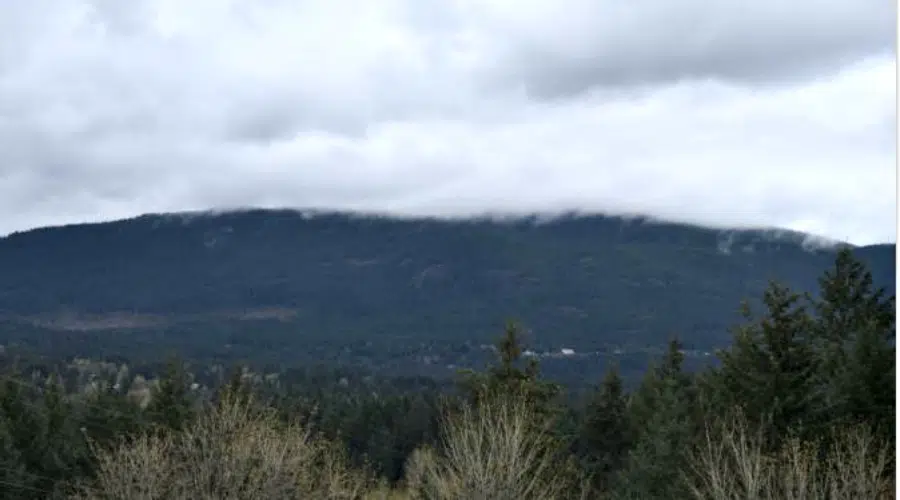
Low snowpack prompts local drinking water concerns
NANAIMO — Water conservation officials are helplessly watching as already low snowpack levels melt well ahead of schedule.
New provincial data published Monday, April 8 showed snowpack levels on Vancouver Island’s mountains are 66 per cent of normal, down from 85 per cent a month prior.
The situation is more dire locally, where the Regional District of Nanaimo’s Julie Pisani said the mid-island’s alpine snow reserves are roughly 55 per cent.
“If we haven’t built up that reserve than that means we have less that will actually be contributing to recharge our aquifers and flow into our streams during the summer period when we need that water the most.”



